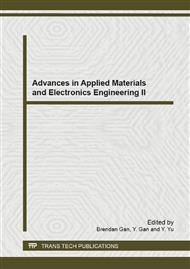p.639
p.644
p.653
p.657
p.663
p.667
p.671
p.676
p.680
An Overview of Osmotic Power: A Viable Power Generation Technology for Present and Future
Abstract:
World climate change challenges and the world’s consistent growing demand for energy during the past decade have brought the need to explore for more renewable energy resources. The continuation of exploring green energy sources results Osmotic Power- a new emission-free source of sustainable energy that can be used to generate electricity. Osmotic power plant is only feasible in places where rivers flow out to the ocean. The leading virtue of osmotic power is that it would be capable to produce a steady and reliable supply of renewable base load power as an alternative of other variable sources like solar or wind. There are some hurdles to generate osmotic power. Developing suitable membrane and initial construction cost are top on of them. Though Osmotic power is years from commercial feasibility but researchers think that it could provide thousands of terawatts of base load power per year around the globe. This paper presents an overview of osmotic power generation system with the analysis of potential benefits and limitations of it.
Info:
Periodical:
Pages:
680-685
Citation:
Online since:
April 2013
Keywords:
Price:
Сopyright:
© 2013 Trans Tech Publications Ltd. All Rights Reserved
Share:
Citation:


